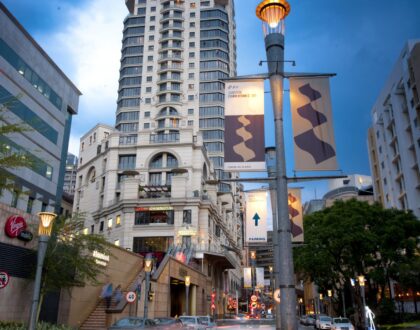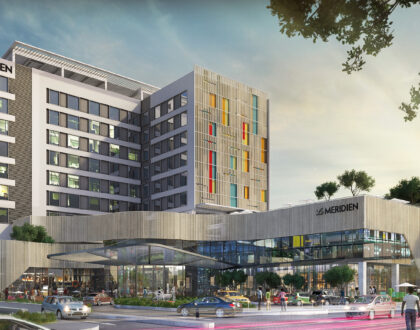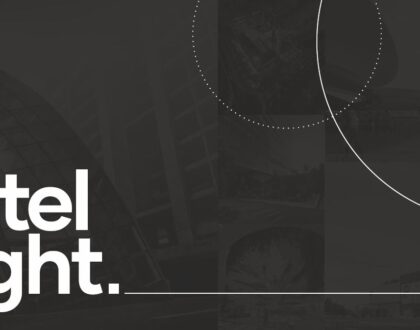Mixed-use Developments : The next step towards Sustainability
Mixed-use Developments : The next step towards Sustainability
Typologies such as residential, commercial, or retail, when sited together in the same building or complex, form what is termed as a mixed-use development.
In the urban context, it is important to understand where this concept originated from. Looking back in history, medieval villages between the 5th and 15th centuries organically developed mixed-use communities where live, work and play were a part of the same space that benefited them socially. A remarkable example of multi-level mixed-use development from ancient times is the enormous Trajan Market built in 115 AD that consisted of six levels with varied functions.
In the modern day context, Mixed-use architecture is the physical and functional integration of two or more typologies, in a possibly vertical or horizontal combination. “The Neighborhood unit”, a term coined by Clarence Perry, an urban planner, defines this as one that has a central core, often a school, and is connected via internal roads that would ensure pedestrian walking. For mixed-use developments, his principles thrive on limiting vehicular traffic on the outside, with most amenities available at a walking distance. These factors led to the evolution of such developments from horizontal planning to vertical instead.
Today, master planning for mixed-use is vital, as features such as a central public space or pedestrian-friendly facilities are necessary. The general norm is stacking areas, that are typically residential or offices, over retail, which eases the influx of people to experience the shopping zone, while maintaining the privacy and comfort of the residents and employees. The primary advantage of mixed-use facilities is that they reduce the reliance on singular vehicles and increase pedestrian movement. This conserves energy and time, bridging the gap between work and leisure, thereby proving good for a work-life balance. Further, when built together, the various typologies can share infrastructure, such as parking spaces, which leads to efficient use of the property. As a result of these factors, a mixed-use development generates long-term appreciation in land and property values.
Bentel Associates, a productive contributor to Mixed-use Design, has received the 2018 and 2016 Asia Pacific Property Award for Best mixed-use projects in India for the Market of India (Chennai, India) and Vegas (Delhi, India). Adhering to the principles and prerequisites of mixed-use planning, Bentel’s projects like Vegas, Delhi, and R-City and Pune have a central plaza around which the typologies are built. The planning of typologies is such that hypermarkets and retail stores take up the lower floors, with offices, hotels, or residences taking up the floors above. Utmost attention to segregating and bifurcating movement within the amenities and pedestrian and vehicular is given, thereby making or breaking the project.
Mixed-use development cannot be attributed to only the architecture design of buildings, but also to be conducive to urban planning. Bentel Associates is one of India’s top architects with expertise in mixed-use architecture projects, retail store design, and residential and commercial architecture.
Recommended Posts

Refining Mixed – Use & Urban Design
October 31, 2022

Facades- The gateway to the soul of a structure!
August 2, 2022

